BILLINGS — On Wednesday, Rocky Vista University medical students learned about animal bites and stings at ZooMontana.
Rather than getting the information from a textbook, the osteopathic medicine students looked at different animals up close and observed their behavior.
See the video below for this story:
According to Assistant Professor Paul Langevin, osteopathic doctors use their hands to diagnose and treat the body. He says he wants his students to learn hands-on, with as little supplies as possible.
Langevin told MTN Wednesday he has about 30 years of experience in the medical field, working both in civil clinics and treating sailors in the Navy.
"Not thinking of having everything you need, you only have a first-aid kit," he said.
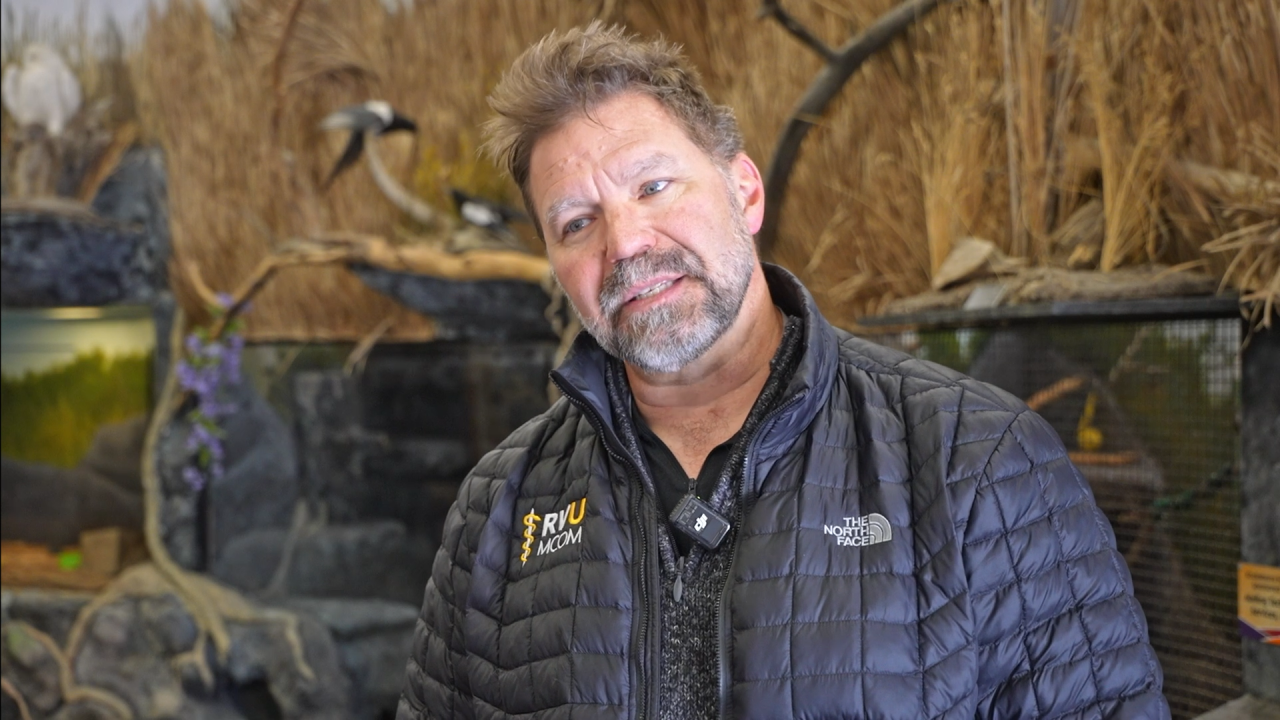
The Rocky Vista osteopathic medical students are taking a three-day elective course about wilderness medicine, which is one of Langevin's personal interests.
The course consists of understanding animal behavior, how to prevent animal injuries, and how to treat those possible injuries, such as snake bites.
On Wednesday, students had a close encounter with Montana snakes, mammals, birds, and lizards, which may cause common bites in the wild.
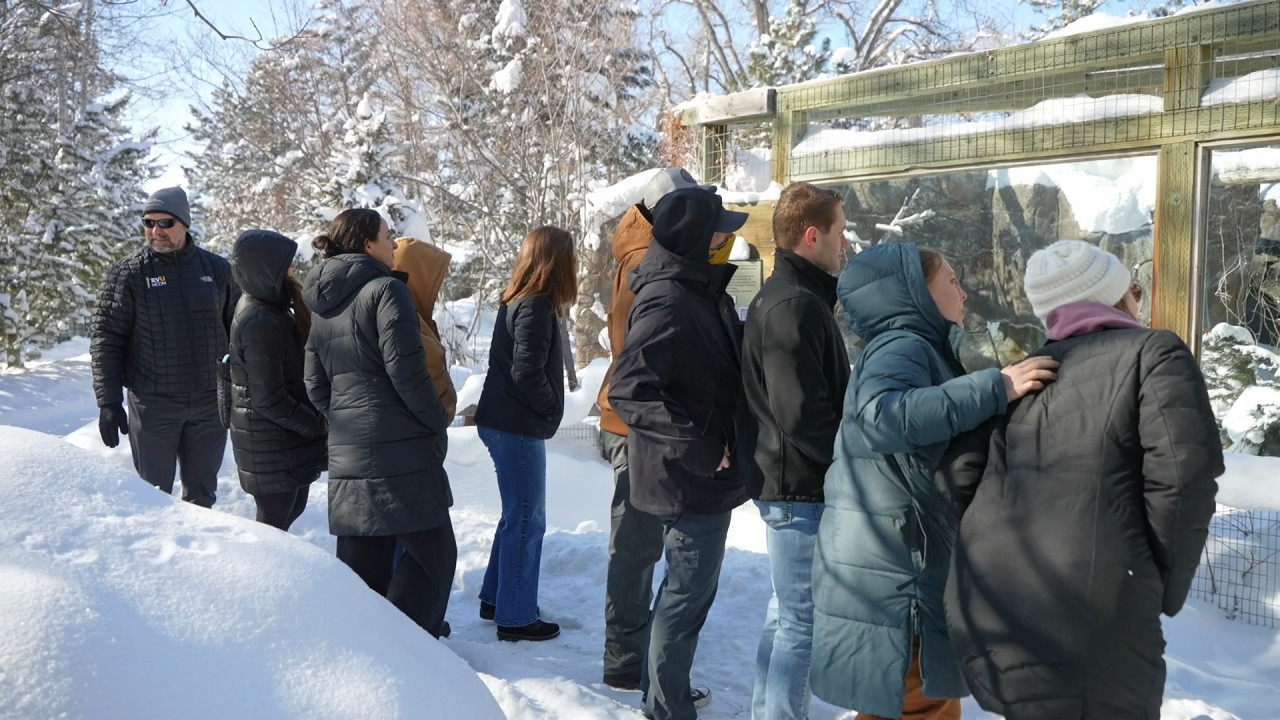
"Really, understanding animal behavior is the key. I'd rather prevent a bear attack than treat a bear attack," Langevin said.
Student Aranv Agarwal hopes to one day be working in the emergency room. He says the elective course will help him when it comes to treating patients in the future.
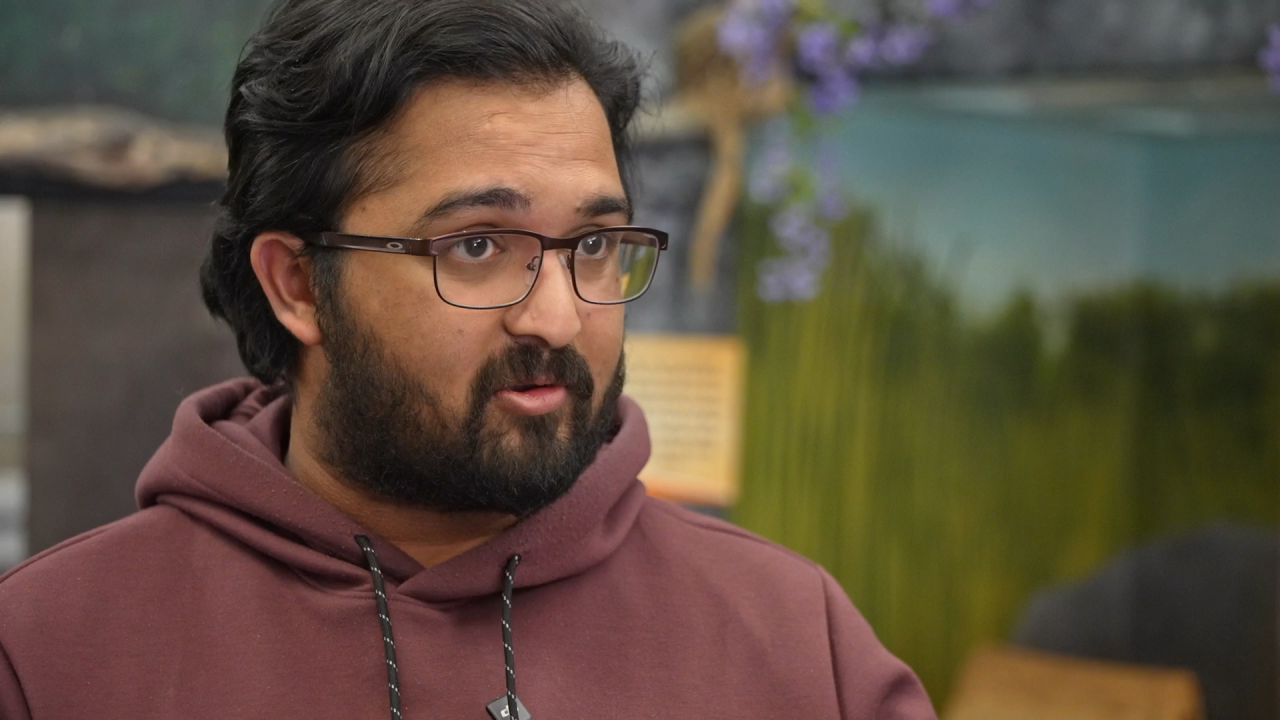
"In emergency medicine, you're going to see a lot of these type of things, kids coming in with different bites, bruises, stuff like that from their pets," Agarwal said Wednesday.
Along with treating these common wounds, Agarwal says he also learned about what causes bacterial infections from animal bites in the first place.
"When we were in the cages with the birds... what I never really thought about is when they grab on to you with their talons, just how dirty the talons can be. So, sometimes the biggest danger with a bird encounter... is the amount of bacteria that can get into your system," he said.
The class was taught by employees at ZooMontana, including Director of Education Brooke Tucker.
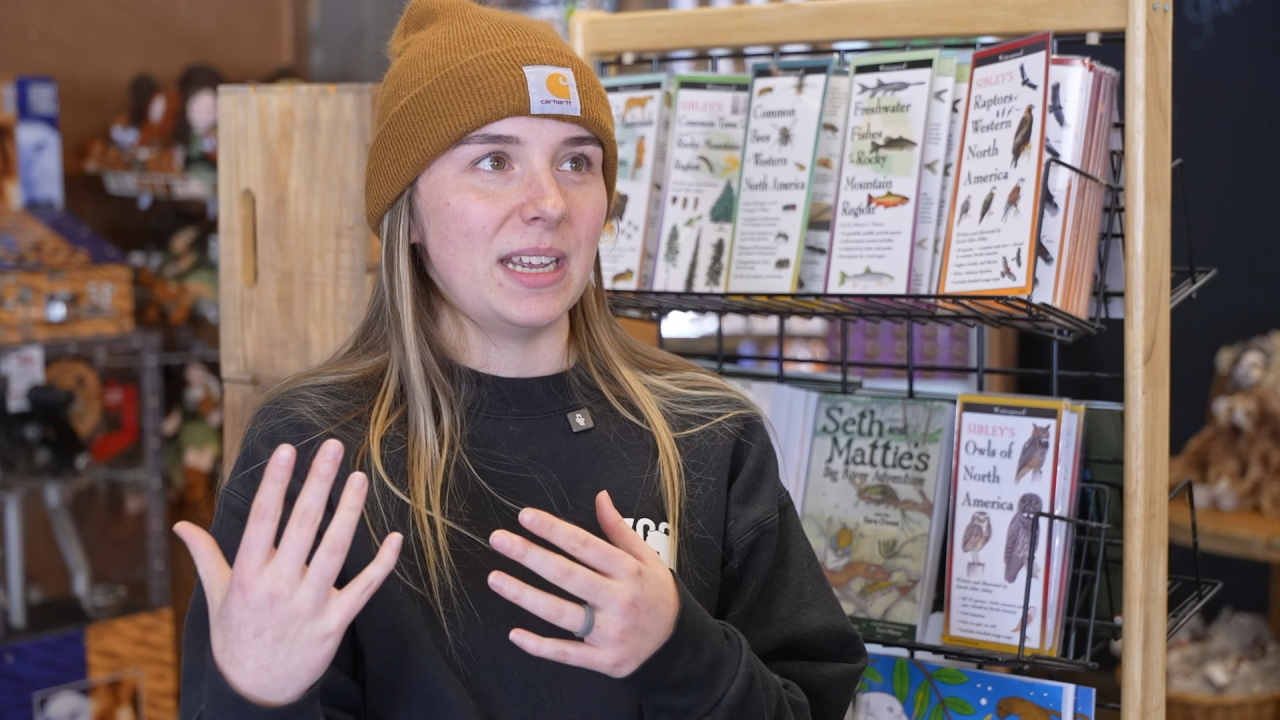
"It was really kind of a new encounter to have people who were so versed in their field, and able to have that dialogue with us and that experience," she said.
But besides just teaching medical students, Tucker and Langevin also wanted to educate the general public about what to do in these situations.
"You (are not) going to get bit by every animal you come across, especially snakes. That's something we hit really hard on with this program," Tucker said.
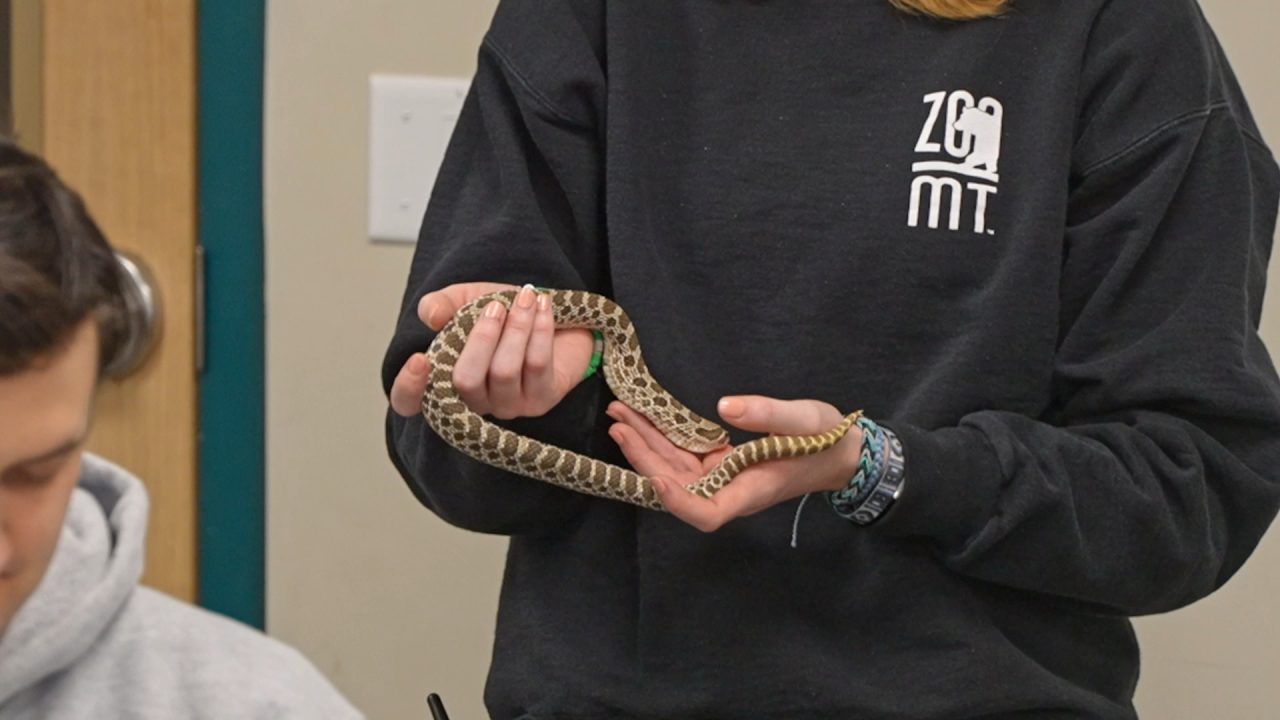
To clean a snake bite in the wild with a first-aid kit, Langevin recommends to wash the wound out with water, before applying pressure to the wound for three to five minutes. He emphasizes that taking the bandage off before the bleeding stops can break the clot.
"Once it stops bleeding, wash it out some more. Then, make sure there's no dirt or particles, put a nice little dressing on there, then go see somebody from medical," Langevin said.
Finally, Langevin wants both the general public and his students to take away the importance of situational awareness from the course.
"As you're traveling through the backcountry, look around and enjoy it, but also be wary of stuff. Look for signs," he said.
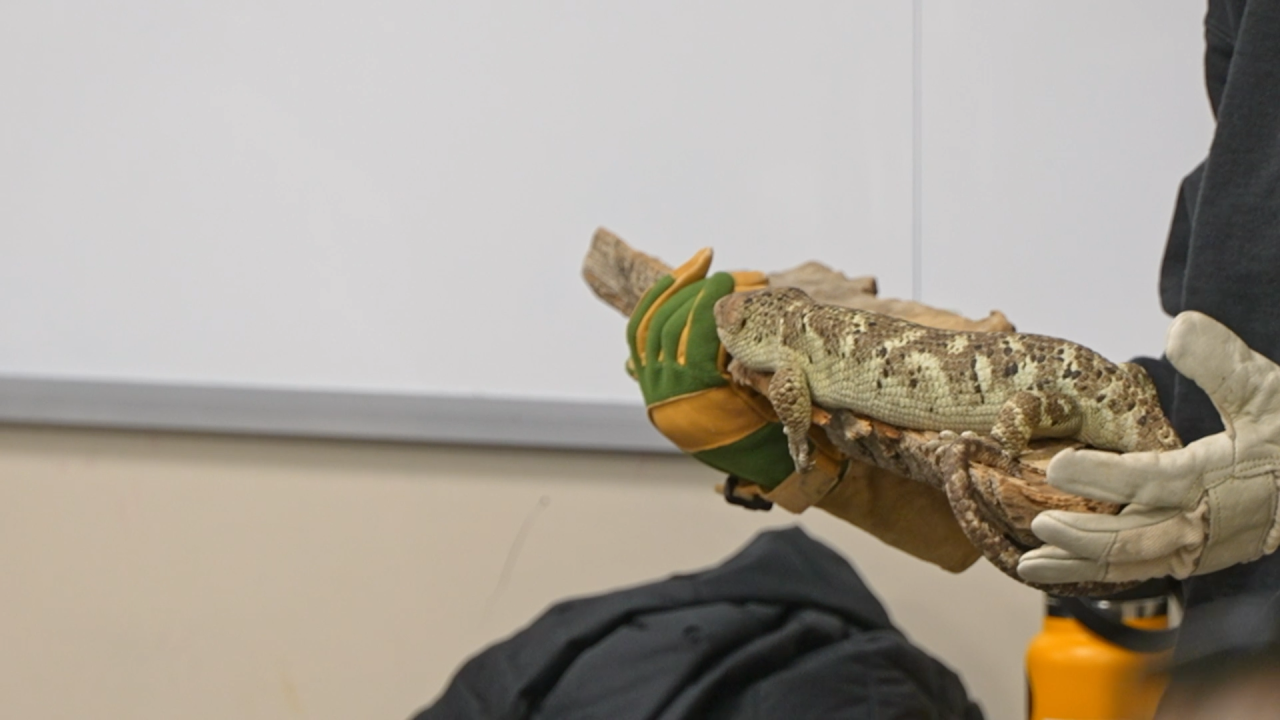
On Thursday, students in the course will finish the unit by learning how to use bear spray and how to defend themselves against animals in the wild.
"It was amazing to actually walk into the enclosures, getting to see the bears, seeing the birds up close without a fence in between was pretty neat," Agarwal said.



